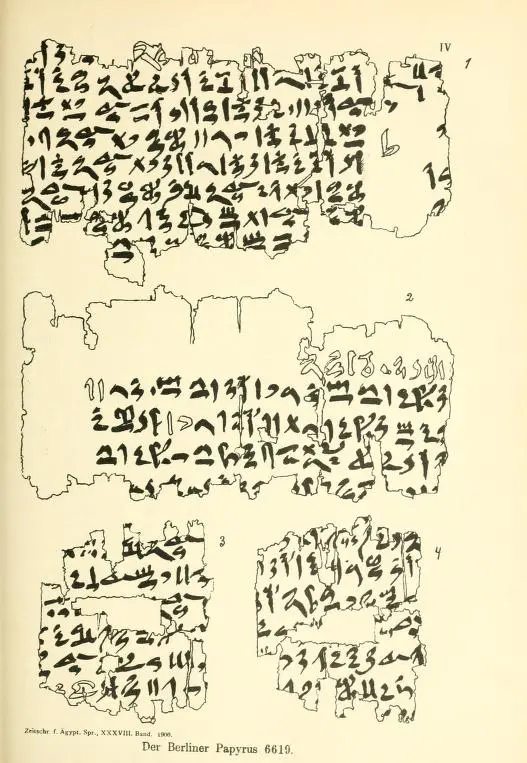[Algebra] Egyptian Quadratic
By: Tao Steven Zheng(鄭濤)
The Berlin Mathematical Papyrus, or Berlin Papyrus 6619, is an ancient Egyptian mathematics document dating to roughly 1800 BC. The readable fragments were published by Hans Schack-Schackenburg in 1900 and 1902. The surviving fragments contains only two problems. The following problem is one of the two problems from the Berlin Mathematical Papyrus; it is the first and only quadratic equation from ancient Egypt.
【Problem】
The side of one square is the side of another square. If the area of the two squares is 100, determine the side lengths of the two squares.

【Solution】
Let be the side length of the small square and
be the side length of the large square. According to the problem, we get
Hence,
?
and
?
Solving the quadratic equation yields
. Remember the side length of a square must be positive (and the ancient Egyptians do not have the concept of negative numbers).
Substituting into the equation
gives
.
Therefore, the side length of the large square is 8, and the side length of the small square is 6.


